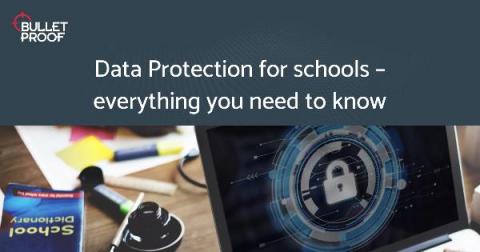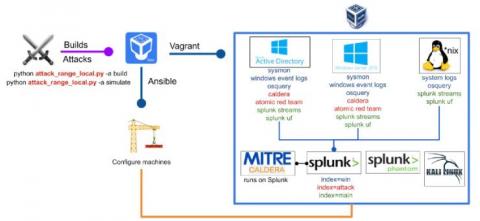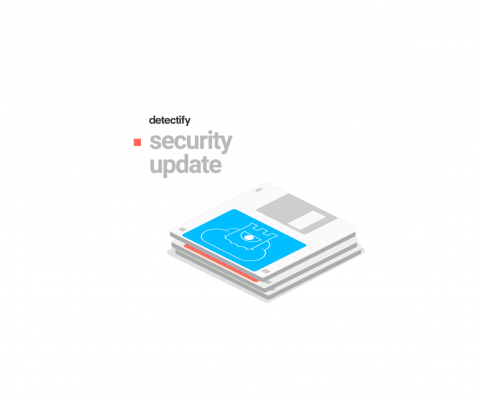Everything you need to know about DPO for schools
As legislation goes, the GDPR could be unique in its insistence that a new professional role, the Data Protection Officer (DPO), be created to ensure its mandates are properly met. But getting a DPO in place is no simple recruitment exercise, and that’s especially true for schools. For starters, people with the requisite mix of abilities and experience to do the job in educational environments are hard to find.









